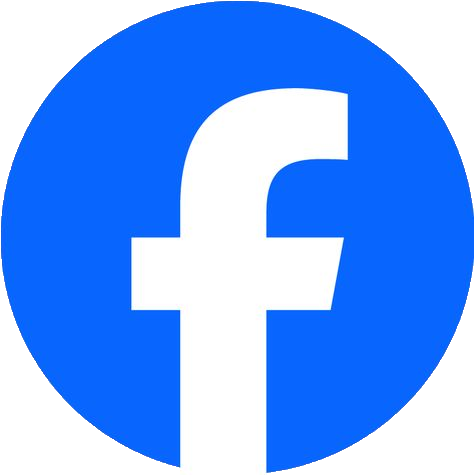
The Impact of Glowing Fiber Optic Fabric on Healthcare Wearables
Healthcare wearables are one of the fastest-growing areas of wearable technology. The integration of glowing fiber optic fabric into healthcare devices provides unique opportunities to monitor patient health and enhance safety.
Smart Healthcare Wearables
The introduction of glowing fiber optic fabric into healthcare wearables has led to the development of advanced monitoring systems. These wearables can track a patient’s vital signs, such as heart rate, body temperature, and respiration, all while offering the added benefit of being able to glow to indicate certain health conditions. For example, a sudden change in the patient’s vitals may trigger the fabric to glow in a particular color to alert caregivers of an emergency.
Wearable Health Devices with Visibility Features
In hospitals and healthcare environments, staff members often have to respond quickly to emergencies, especially in low-light conditions. Healthcare wearables that incorporate glowing fiber optic fabric improve staff visibility during nighttime shifts, enhancing safety for both patients and caregivers. Additionally, patients in recovery can wear these garments to ensure that they are easily visible to medical staff during their stay.
Glowing Fiber Optic Fabric in Patient Monitoring Systems
In patient monitoring systems, glowing fiber optic fabric can be integrated into medical equipment such as beds, ECG monitors, and pulse oximeters. The fabric’s glowing function can be used to display real-time data, such as heart rate or oxygen levels, in a visually intuitive manner. This allows caregivers to quickly assess a patient’s condition without needing to check a screen or use other devices, making healthcare more efficient and timely.
Improving Safety with Glowing Indicators
Apart from its health-monitoring capabilities, glowing fiber optic fabric in healthcare wearables is also used for safety. The fabric’s ability to provide low-light visibility makes it perfect for identifying patients who are at risk of wandering in hospitals or long-term care facilities. The glowing fabric can also alert medical staff to changes in a patient’s health, making it an effective preventative tool.
Conclusion
As healthcare wearables continue to evolve, glowing fiber optic fabric is playing an essential role in enhancing the functionality, visibility, and safety of these devices. By combining advanced healthcare monitoring with intuitive visual indicators, this technology improves patient care and the efficiency of healthcare providers. The integration of this fabric into medical applications is sure to grow, offering both patients and caregivers a brighter future.






